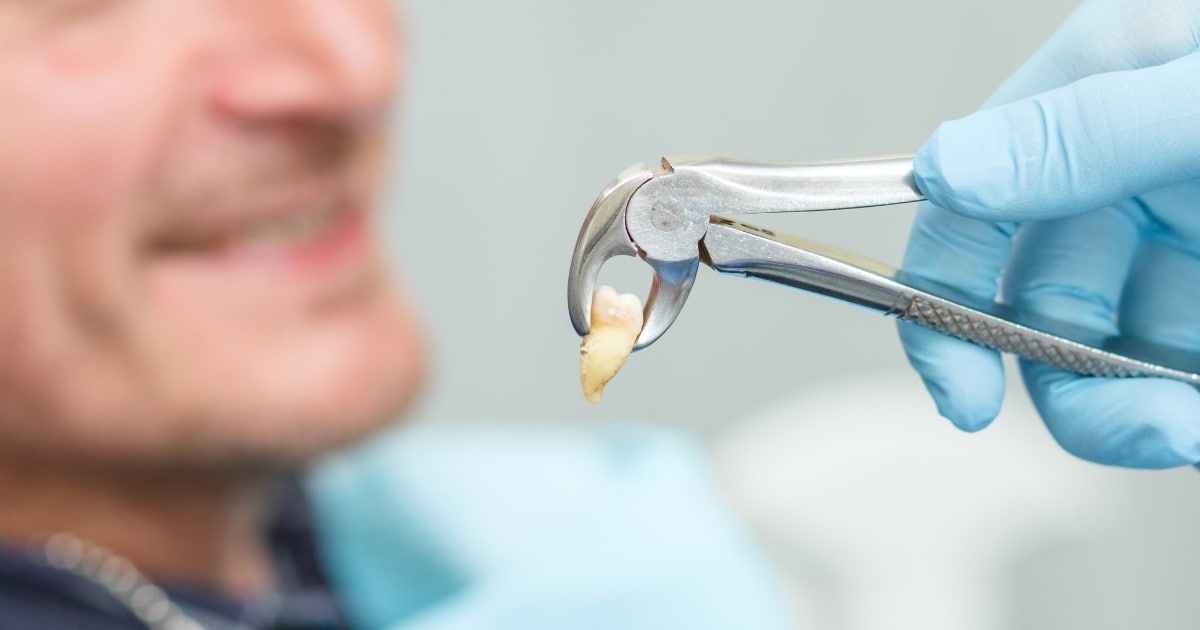You might consider pulling a loose tooth at home due to discomfort and convenience. Your child might get excited about losing their baby teeth, while you may feel the urge to remove a loose tooth to avoid costly dental visits. However, before taking matters into your own hands, understand the risks and best practices involved.
While in some cases, pulling a tooth at home is safe, in others, it can lead to complications like infection, pain, or gum damage. Read this blog to understand the proper methods of tooth removal.
Why Does Your Teeth Become Loose?
Your child might lose their primary teeth between 6 and 12 as their permanent teeth push through. This process is natural and generally does not require intervention. However, if you, an adult, experience a loose tooth, it is usually a sign of an underlying problem.
As you age, your bones and gums naturally weaken, which can cause teeth to loosen. Periodontal disease can damage your gums and supporting bone structure. Trauma from accidents, sports, or biting down on hard foods can cause your teeth to become loose.
Conditions like bruxism (teeth grinding) or advanced cavities can weaken your teeth, making them prone to falling out.
Is It Safe to Pull a Loose Tooth at Home?
The safety of pulling a loose tooth depends on several factors.
- If the tooth that is barely hanging on may come out with little effort, you can pull it at home. A semi-loose tooth may cause pain and bleeding if forced out prematurely.
- You should not remove a tooth affected by infection or gum disease. This can worsen the condition.
- When your child’s baby tooth is extremely loose and pain-free, you can wiggle it out gently with a clean tissue or their fingers.
- You should not perform wisdom teeth extractions at home. Any loose adult tooth likely indicates a deeper dental issue and needs professional tooth extraction.
What Are The Risks of Pulling a Loose Tooth at Home?
Pulling it too soon can cause unnecessary pain and excessive bleeding. If your tooth socket is not correctly cleaned, bacteria can enter and cause an infection. Poor hygiene practices can lead to complications such as abscesses.
Improper removal can injure your surrounding teeth and gums, leading to further dental issues. In adults, pulling a loose tooth can cause misalignment of the remaining teeth. In adults like you, removing a tooth without proper aftercare can lead to a dry socket.
What Are The Best Practices for Safe Tooth Removal?
Here is how you can safely remove your teeth:
Check If a Tooth Is Ready
Your tooth should be extremely loose and move freely in all directions. There should be little to no pain when wiggling the tooth. The tooth should also be hanging by a small amount of tissue.
Hygiene Tips
Wash your hands and use clean tissues or gauze. Avoid touching the socket with fingers or objects. Finally, rinse the mouth with warm salt water after removal.
Proper Aftercare
Gently rinse with salt water or an antiseptic mouthwash. You can use over-the-counter pain relievers if needed. Stick to soft foods like yogurt, mashed potatoes, and applesauce. Avoid hard, sticky, or spicy foods.
When Should You See a Dentist?
See a dentist if your severe pain refuses to subside. Heavy or prolonged bleeding might be a sign of an emergency. Delaying treatment can worsen your gum disease, infections, or even tooth loss. Early intervention can prevent further damage.
A dentist may recommend simple extraction for teeth that are easy to remove. It will protect your oral health. You might need a surgical extraction for impacted or problematic teeth.
Pulling a loose tooth at home can be safe for your child if done correctly, but it is rarely recommended for adults. Understanding the risks, practicing good hygiene, and following proper aftercare are essential steps in safe tooth removal. If you experience pain and infection, seek professional dental care immediately.
Are you eager to get rid of your loose teeth? Seek professional consultation today!




